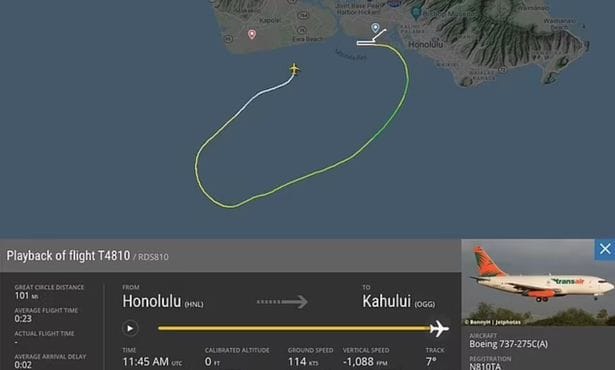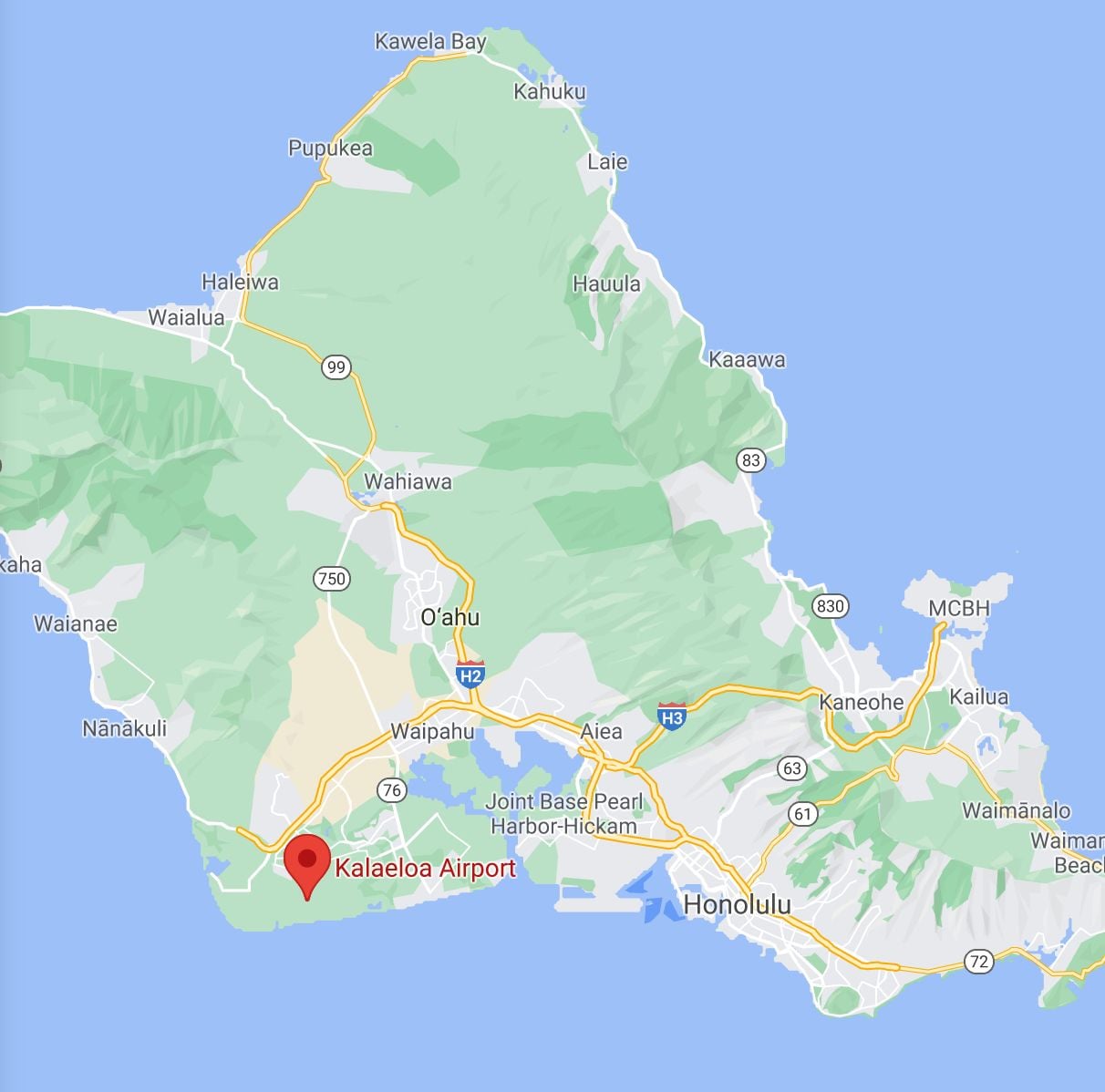B-737 Cargo Plane down in Hawaii
GET THE A/C ON THE GROUND
I know we live in a world of electronics and checklists/procedures but bringing it back to pure airmanship sometimes
you have to make real world decisions and FAST. This includes getting the aircraft back to a safe landing place ASAP.
When you see things deteriorating quickly and things not responding like they should (or do in a simulator) and you have an option to head straight to
the piano keys just maybe that is the best thing to do.
Of course it is always easier when you were not the one facing the crisis
you have to make real world decisions and FAST. This includes getting the aircraft back to a safe landing place ASAP.
When you see things deteriorating quickly and things not responding like they should (or do in a simulator) and you have an option to head straight to
the piano keys just maybe that is the best thing to do.
Of course it is always easier when you were not the one facing the crisis
Join Date: Aug 2000
Posts: 1,501
Likes: 0
Received 0 Likes
on
0 Posts
1a sound asleep
If you lose an engine, continuing over the sea is not a bad decision. No obstacles to worry about. Since when have we trained an immediate turn towards the runway in an engine failure scenario?
This accident started out as an engine failure. Something we all train over and over again. They ended up with a problem with the other engine as well, but that was unexpected. Aircraft in the water, both survived. Good job!
If you lose an engine, continuing over the sea is not a bad decision. No obstacles to worry about. Since when have we trained an immediate turn towards the runway in an engine failure scenario?
This accident started out as an engine failure. Something we all train over and over again. They ended up with a problem with the other engine as well, but that was unexpected. Aircraft in the water, both survived. Good job!
1a sound asleep
To a degree and if there is no other option, which is what Sully and Stiles did. But 'normally', it is also important to be sure of making a safe landing and knowing if you can stop (and steer) once landed.
The checklists will highlight any deficiencies, such as maybe no flaps, reversers, or no anti-skid etc. With at least one engine running and keeping you airborne, it is important to go through the checklist, thereby not missing anything out, and then landing when the situation is under control.
That didn't work in this instance owing to the apparent loss of both engines, but that is a highly unusual scenario.
To a degree and if there is no other option, which is what Sully and Stiles did. But 'normally', it is also important to be sure of making a safe landing and knowing if you can stop (and steer) once landed.
The checklists will highlight any deficiencies, such as maybe no flaps, reversers, or no anti-skid etc. With at least one engine running and keeping you airborne, it is important to go through the checklist, thereby not missing anything out, and then landing when the situation is under control.
That didn't work in this instance owing to the apparent loss of both engines, but that is a highly unusual scenario.
https://www.upinthesky.nl/2021/07/10...-bodem-oceaan/
This site has a few more pics. the tail section is intact so it should be easy to locate the cvr/fdr.
Wreckage is at about 340ft/100m depth.
This site has a few more pics. the tail section is intact so it should be easy to locate the cvr/fdr.
Wreckage is at about 340ft/100m depth.
Join Date: Mar 2012
Location: DFFD Ouagadougou
Age: 62
Posts: 11
Likes: 0
Received 0 Likes
on
0 Posts
It's hard to tell if the copilot sliding window is open, it looks shut to me, did they egress through the fuselage? Must have been difficult with their injuries.
Join Date: Jan 2008
Location: Heathrow
Age: 37
Posts: 66
Likes: 0
Received 0 Likes
on
0 Posts
Could it be possible, for argument sake, they did shut down the wrong engine - and then re-ignited with a hot start?
i recall the new orleans CFM engine issue. Although that was brought on by hail ingress at low thrust and weather was fine for this event.
if i recall RE: New Orleans, the left engine after some work on the ground was serviceable - but the right engine, which was overheating after the restart, was damaged beyond repair and had melted the internals and had to be replaced before it was flown back as it was sinking in the embankment.
to 200 experienced pilots - is this a possibility?
i recall the new orleans CFM engine issue. Although that was brought on by hail ingress at low thrust and weather was fine for this event.
if i recall RE: New Orleans, the left engine after some work on the ground was serviceable - but the right engine, which was overheating after the restart, was damaged beyond repair and had melted the internals and had to be replaced before it was flown back as it was sinking in the embankment.
to 200 experienced pilots - is this a possibility?
Join Date: Jan 2008
Location: Hawaii
Age: 76
Posts: 89
Likes: 0
Received 0 Likes
on
0 Posts
"HONOLULU (KHON2) — The NTSB has released the first underwater images of a Boeing 737 cargo plane that crashed off Kalaeloa, July 2, shortly after takeoff.
The NTSB on Friday said major components of the airplane, including both wings and tail, both engines and forward fuselage, were located on the sea floor at depths between 360 to 420 feet. Investigators located the wreckage using the Side Scan Sonar and Remotely Operated Vehicle operations.
However, the depth of wreckage is too deep to send divers to recover flight data and cockpit voice recorders. The investigative team is developing plans to recover the aircraft.
Last weekend, officials said small amount of floating debris was recovered and taken to the Coast Guard Air Station Barbers Point where it will be examined.
Investigators have completed more than 12 interviews with the flight crew, Transair personnel and FAA workers.
NTSB also released the following new information on Friday:
The NTSB on Friday said major components of the airplane, including both wings and tail, both engines and forward fuselage, were located on the sea floor at depths between 360 to 420 feet. Investigators located the wreckage using the Side Scan Sonar and Remotely Operated Vehicle operations.
However, the depth of wreckage is too deep to send divers to recover flight data and cockpit voice recorders. The investigative team is developing plans to recover the aircraft.
Last weekend, officials said small amount of floating debris was recovered and taken to the Coast Guard Air Station Barbers Point where it will be examined.
Investigators have completed more than 12 interviews with the flight crew, Transair personnel and FAA workers.
NTSB also released the following new information on Friday:
The maintenance records for the airplane have been documented and reviewed by the NTSB’s airplane systems, powerplants, and maintenance records groups.
Investigators examined a sister ship to become familiar with the configuration.
A fuel sample from another airplane that was fueled on the same night was tested, and no irregularities were found.
Sea Engineering, Inc. provided ROV and Side Scan Sonar support for the survey of the debris of flight 810 approximately two miles offshore from Ewa Beach. SEI used their 43-ft Workboat, ‘Huki Pono,’ for ROV operations in combination with Chinook ROV, outfitted with a secondary GoPro video recording system, ultra-short-base wavelength transponder and Hypack Navigation and DGPS to monitor and record the ROV position on the seafloor.
Powerplants, systems, structures, maintenance records, air traffic control, and operations/human performance groups have completed on scene work.
Investigators will be leaving Oahu this weekend then return later to recover the plane."
Investigators examined a sister ship to become familiar with the configuration.
A fuel sample from another airplane that was fueled on the same night was tested, and no irregularities were found.
Sea Engineering, Inc. provided ROV and Side Scan Sonar support for the survey of the debris of flight 810 approximately two miles offshore from Ewa Beach. SEI used their 43-ft Workboat, ‘Huki Pono,’ for ROV operations in combination with Chinook ROV, outfitted with a secondary GoPro video recording system, ultra-short-base wavelength transponder and Hypack Navigation and DGPS to monitor and record the ROV position on the seafloor.
Powerplants, systems, structures, maintenance records, air traffic control, and operations/human performance groups have completed on scene work.
Join Date: Feb 2006
Location: Hanging off the end of a thread
Posts: 33,077
Received 2,942 Likes
on
1,253 Posts
I said 360 as it is supposed to have happened just after takeoff and looking at the heading it would have been a glorified circuit to put it back into wind onto the runway without having to do some serious banking at low altitude to get back onto a runway which in effect was directly behind them, plus the radar track shows that. I assume the last turn away was to set it up for the inevitable ditching


Join Date: Apr 2014
Location: Korea
Posts: 126
Likes: 0
Received 0 Likes
on
0 Posts
The flight crew would have been interviewed by now, and would have told whether the last turn was intended to prepare for ditching at minimal distance from shore, or as a last attempt to reach Kalaeloa. Since the preliminary report will contain this information when it gets released, it isn't too useful to speculate.
Join Date: Feb 2006
Location: Hanging off the end of a thread
Posts: 33,077
Received 2,942 Likes
on
1,253 Posts
Yes of course, sorry, I was just trying to explain my use of the term 360 and a possible reason why it deviated at the end, my apologies.
Join Date: May 2004
Location: Bear Island
Posts: 598
Likes: 0
Received 0 Likes
on
0 Posts
Indeed.
The airport was identified as an option by ATC to the crew, who requested a heading.
There was then a brief discussion as to how to turn on the runway lights.
The airport was identified as an option by ATC to the crew, who requested a heading.
There was then a brief discussion as to how to turn on the runway lights.
The brief discussion of how to turn on the runway lights may be unknown to Europeans, but every US even PPL knows how pilot activated lights work, provided you are given the radio frequency - which ATC did at first mention.




